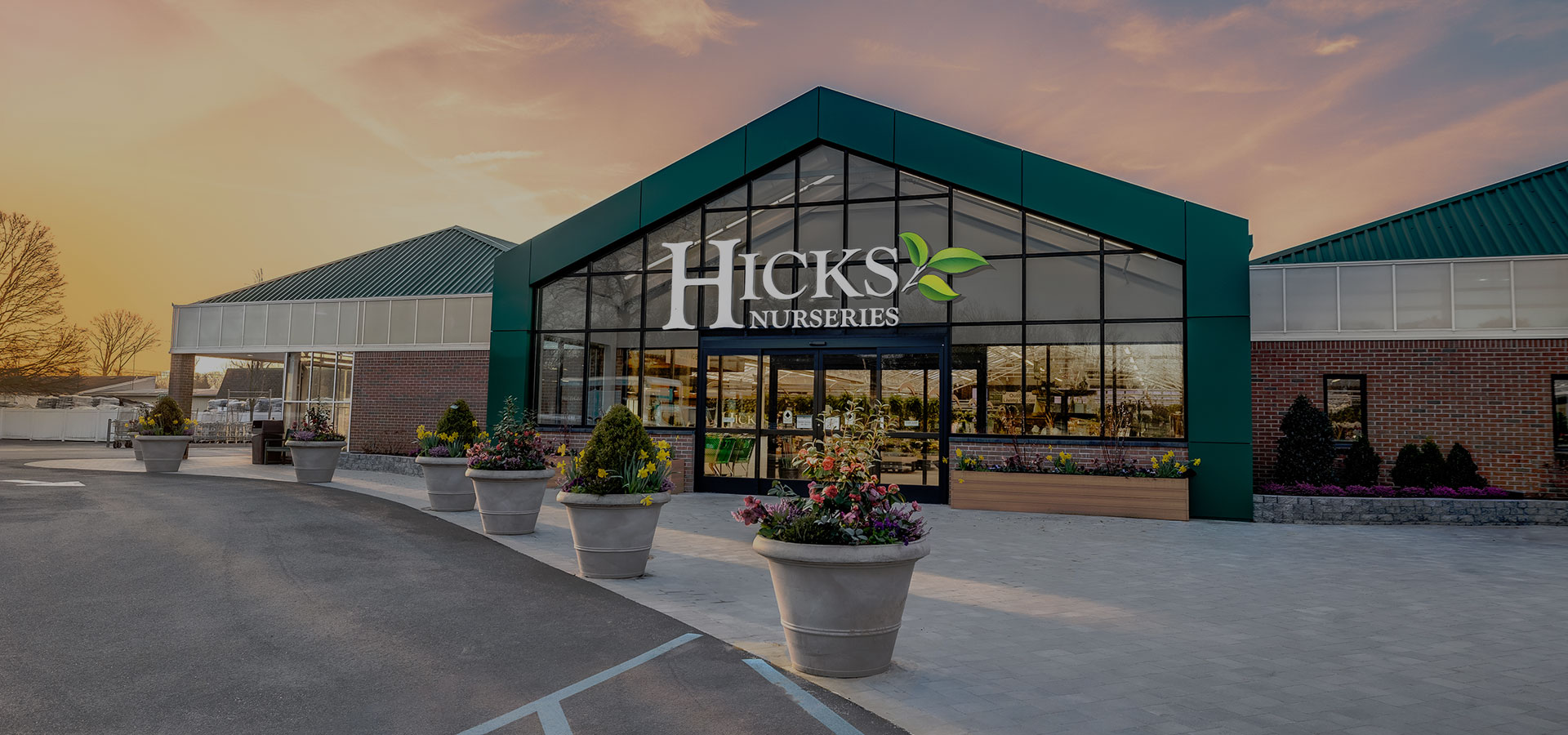[vc_row padding_top_multiplier=”” padding_bottom_multiplier=””][vc_column css=”.vc_custom_1515535628663{margin-top: -10px !important;padding-top: -10px !important;}”][movedo_social social_email=”yes” social_facebook=”yes” social_twitter=”yes” social_linkedin=”yes” social_reddit=”yes” icon_size=”small” icon_color=”grey” align=”center”][movedo_empty_space][/vc_column][/vc_row][vc_row padding_top_multiplier=””][vc_column][vc_column_text]Last year certainly wasn’t a smooth year for retail, especially for department stores. With challenge though ultimately came positive change and bright spots to signify rebirth and resurgence in retail. The misnomer wasn’t that consumers were abandoning retail; they were just waiting for all of us to create experiences that were relevant. Ultimately, that will be the new consumer currency in the future of retail.
One brand looking to modernize the retail experience and provide a new twist on the department store is Neighborhood Goods in Plano, Texas. Co-founded by entrepreneur, Matt Alexander, and real estate investor, Mark Masinter, the 14,000 square foot “room” (as it’s referred to) provides short-term leases for 6-12 months primarily for digitally native, direct-to-consumer brands. This isn’t about big brands vs. independent though; it’s an equal opportunity platform. The criterion for the retailer’s curation boils down to if the brand has the capability to tell a story in a compelling way.[/vc_column_text][/vc_column][/vc_row][vc_row padding_top_multiplier=””][vc_column][vc_column_text]“We’re trying to create a discovery and delivery mechanism for people to touch, feel, and explore more direct-to-consumer brands. As well as more interesting ways of manifesting much larger concepts and independent brands that people may not have ever heard of before,” states Matt Alexander, Co-founder and CEO.[/vc_column_text][/vc_column][/vc_row][vc_row padding_top_multiplier=”” columns_gap=”15″][vc_column][movedo_video video_link=”https://youtu.be/TrpaNyPMa2I”][/vc_column][/vc_row][vc_row][vc_column][movedo_title heading=”h2″ increase_heading=”120″ custom_font_family=”custom-font-1″ line_type=”line”]Activating the Experience[/movedo_title][/vc_column][/vc_row][vc_row padding_top_multiplier=””][vc_column][vc_column_text]Bringing the brands all together in one room, this isn’t meant to be a passive shopper experience. Rather than traditional pop-ups within a space, the brands are treated like activations each with their own story with daily events and a live podcast to support. The heart of the store is the retailer’s “Prim & Proper” restaurant serving coffee and cocktails throughout the day. Embracing the digital nature of the house of brands, the Neighborhood Goods app also lets customers interact on their own terms by requesting items throughout the store, the ability for mobile check out, and texting with staff.[/vc_column_text][/vc_column][/vc_row][vc_row padding_top_multiplier=””][vc_column][vc_column_text]Behind the scenes is pretty busy too. Thirty security cameras equipped with computer vision and heat mapping capture analytics and demographics to provide insight into what’s happening in the room. These digitally native brands are used to online access to data surrounding the user experience, so this helps provide a unique lens into what happens in real life.[/vc_column_text][/vc_column][/vc_row][vc_row][vc_column][movedo_title heading=”h2″ increase_heading=”120″ custom_font_family=”custom-font-1″ line_type=”line”]Why Plano[/movedo_title][/vc_column][/vc_row][vc_row padding_top_multiplier=””][vc_column][vc_column_text]Another difference in Neighborhood Goods’ retail strategy is location. While most brands pursue major metropolitan markets like New York, San Francisco, and Los Angeles, launching in Plano was not a second choice. In fact, it’s one of the fastest growing cities in the country, and co-founder Alexander has stated that markets like Plano tend to be in one of the top five or top ten markets for these direct-to-consumer brands. Not to mention there’s pent-up demand for modern contemporary experiences not currently available. Although new in its infantry, the founders are already looking to expand the concept to new markets, potentially in Chicago, Atlanta, DC, Nashville, or Seattle, places where it’s not “competing with the noise” but instead bringing something new to consumers.[/vc_column_text][/vc_column][/vc_row][vc_row][vc_column][movedo_title heading=”h2″ increase_heading=”120″ custom_font_family=”custom-font-1″ line_type=”line”]Get to Know the Goods[/movedo_title][/vc_column][/vc_row][vc_row padding_top_multiplier=””][vc_column width=”1/2″][vc_column_text]
[/vc_column_text][movedo_empty_space][vc_column_text]Draper James
Launched by actress Reese Witherspoon, Draper James provides clothing, accessories, and home décor with a whole lot of grace and charm. Paying homage to her grandparents Dorothea Draper and William James Witherspoon the brand embodies a marriage of family heritage and great style.[/vc_column_text][/vc_column][vc_column width=”1/2″][vc_column_text]
[/vc_column_text][movedo_empty_space][vc_column_text]Allswell
Bed-in-the box concepts are gaining popularity with consumers who are looking to take the hassle out of the mattress shopping experience. Allswell’s hybrid foam plus coil concept brings together the best of both worlds and their customers are not only satisfied but also sleeping peacefully.[/vc_column_text][/vc_column][/vc_row][vc_row][vc_column width=”1/2″][vc_column_text]
[/vc_column_text][movedo_empty_space][vc_column_text]Year & Day
Buy a la carte or build your complete select, Year & Day allows you to select the pieces that fit your lifestyle whether you’re an active host or home delivery enthusiast. Modern and minimally designed, the understated ceramics, flatware, and glass are conceptualized in California and handcrafted in Europe.[/vc_column_text][/vc_column][vc_column width=”1/2″][vc_column_text]
[/vc_column_text][movedo_empty_space][vc_column_text]Hims
Men’s wellness startup Hims is making self-care solutions affordable and accessible, as well as education to the real-life realities of every man. Opening the door to a conversation for traditionally closeted subjects like hair loss, Hims is resonating with today’s consumers looking to take a proactive role in personal care.[/vc_column_text][/vc_column][/vc_row][vc_row][vc_column width=”1/2″][vc_column_text]
[/vc_column_text][movedo_empty_space][vc_column_text]Pure Cycles
From race bikes to road bikes and just plain simply rad bikes, Pure Cycle’s mission is to get more people riding. The brand’s claim to fame started with the launch of a glow in the dark bike, so don’t assume this is just another brand built on two wheels and a frame. There’s a fair share of personality pedaling these bikes into the hands of consumers.[/vc_column_text][/vc_column][vc_column width=”1/2″][vc_column_text]
[/vc_column_text][movedo_empty_space][vc_column_text]Stadium Goods
Today, consumers are in control and no concept exhibits that more than Stadium Goods. Driven by a sneakerhead society the brand sources and curates new and secondhand sneakers including rare and limited editions. It’s made a name for itself as an online destination with a cult following and Neighborhood Goods is a part of its physical footprint.[/vc_column_text][/vc_column][/vc_row][vc_row][vc_column][movedo_title heading=”h2″ increase_heading=”120″ custom_font_family=”custom-font-1″ line_type=”line”]Why This Works[/movedo_title][/vc_column][/vc_row][vc_row padding_top_multiplier=””][vc_column][vc_column_text]Over the last couple of years we’ve watched similar concepts like b8ta and Story make a name in the industry but also create an opportunity for a unique conversation between retailer, brand, and consumer. It’s a fertile testing ground for brands that haven’t made the leap to brick-and-mortar to learn a lot about how consumers interact with the product, as well as eliminates the barrier to market entry.
On the flip side, the temporary tenancy doesn’t lock the retailer into brands that consumers lose luster with time and give a reason for consumers to keep coming back regularly to experience something new.
Bottom line, online customer acquisition is costly and will become even more costly as the ecommerce environment gets increasingly competitive. Balancing an online presence with a brick and mortar strategy will almost be critical for survival for today’s direct-to-consumer brands… ironic given all the discussion about the death of physical retail.[/vc_column_text][movedo_divider padding_top=”40″ padding_bottom=”40″][vc_column_text]Want to stay ahead of consumer trends and the evolving store experience? Sign up for our quarterly newsletter, The Gist, to get insights delivered straight to your inbox. All fresh. No spam.[/vc_column_text][/vc_column][/vc_row]





